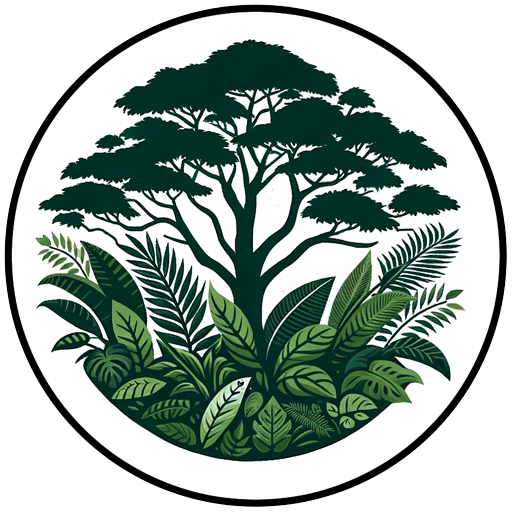The amphibian apocalypse, it seems, has been momentarily postponed. Batrachochytrium salamandrivorans, or Bsal, a fungal pathogen that has wreaked havoc on amphibian populations globally, remains conspicuously absent from North America. For a decade, scientists from the North American Bsal Task Force have combed forests and swabbed salamanders, searching for any trace of the pathogen. Their conclusion? Not a spore in sight. This is not mere happenstance; a trifecta of international collaboration, policy restrictions, and proactive science has kept the fungus at bay.
However, the tale of Bsal is not one of triumph but of vigilance. Deanna Olson, a wildlife ecologist with the U.S. Forest Service and co-chair of the task force, recently joined the Mongabay podcast with Mike DiGirolamo to share insights from this ongoing battle.
Her words are a somber reminder: the fungus’s arrival on the continent is not a matter of ‘if’ but ‘when.’ Yet, unlike the disastrous encounter with Bsal’s sibling, Batrachochytrium dendrobatidis (Bd), which blindsided North American scientists and led to the catastrophic decline of around 200 frog species, this time, scientists have had over a decade to prepare.
The groundwork laid by the Bsal Task Force offers a blueprint for future wildlife disease prevention efforts. The task force’s strategic plan is reminiscent of a military operation, with battalions dedicated to research, diagnostics, surveillance, and more. But there is no silver bullet. Whether the pathogen can be kept at bay or will slip through the cracks remains to be seen.
In 2020, a six-part podcast miniseries on Bsal explored the science, policy, and potential consequences of a Bsal invasion. The series, alongside a special 10-part article collection on salamanders, painted a stark picture: the stakes are high, and time is of the essence. From profiles of the endangered Eastern newt, a likely Bsal super-spreader, to the precarious state of the hellbender, North America’s largest salamander, Mongabay’s coverage has highlighted both the fragility and resilience of these species.

In the end, the fate of North America’s salamanders may hinge on the decisions made now. For those holding out hope, there is a glimmer in the most unexpected of places: salamander slime. Recent research suggests that this mucosal barrier might be the key to fending off Bsal. As with many battles in the natural world, the outcome may well be decided by the smallest of details. For now, the salamanders live to fight another day.

